Ollantaytambo, located in Peru, was a significant Incan administrative, religious, and military hub known for its massive architectural constructions and unique urban planning in the Cusco region. During the Spanish invasion, the Ollantaytambo Sanctuary was a defensive checkpoint for Manco Inca, the Inca resistance leader against the Spanish.
Today, Ollantaytambo is a popular tourist destination. It was considered the most important town during the Inca era and a key site in the Sacred Valley of the Incas. It also acts as the main gateway to the majestic citadel of Machu Picchu.
History
Who built Ollantaytambo?
Ollantaytambo traces its origins to the pre-Inca era, with the Tampus initially inhabiting it. They settled on the slopes of Bandolista Hill and formed a small kingdom.
In the 15th century, the Inca Pachacutec conquered and rebuilt Ollantaytambo as a new planned city, constructing terraces for various purposes, including irrigation systems. This made it look like temple hills and linked it with the Inca nobility.
During the Spanish conquest, Ollantaytambo became the temporary capital of Manco Inca, the leader of the Inca resistance. Under his rule, Manco Inca fortified the city and its surroundings with strongholds. The Inca army halted and defeated the Spanish cavalry in the Battle of Ollantaytambo in January 1537, achieving victory. Afterward, Manco Inca retreated to the dense forests of the Vilcabamba jungle to seek refuge.
What does Ollantaytambo mean?
Ollantaymbo originates from the Aymara term "Ulla Tawi," meaning "high observation place." The Quechua then adapted it as "Ollantay" or "Ullantay Tampu," pronounced as "Tambo." According to the Quechua, "Ollantaytambo" comes from the 8th-century drama Ollantay, featuring the general Ollantay, where "Tambo" means resting place.
How is Ollantaytambo pronounced?
In Spanish, Ollantaytambo's pronunciation is "oh-yahn-tai-tahm-boh."
Where is Ollantaytambo located?
Ollantaytambo is 75 km northeast of Cusco, in the Urubamba province, Cusco, Peru. The altitude of Ollantaytambo is 2,841 meters above sea level, between the valleys of the Urubamba and Patacancha rivers.
Archaeological Site of Ollantaytambo in Peru
Ollantaytambo was an administrative center of the Inca empire, considered a "fortress" for its imposing monuments. The Incas constructed massive architectural buildings in Ollantaytambo, showcasing unique urban planning in the region. The walls are finely crafted, displaying the Inca builders' skill. At its peak, it was a well-structured and organized city, composed of urban sectors, palaces, temples, observation points, terraces, platforms, and storage areas known as qolqas.
The Ollantaytambo ruins offer a stunning spectacle of natural and cultural landscapes. Its distribution and urban planning reveal a segmentation into various sectors, each worth visiting and exploring.
Architecture
The architectural grandeur of Ollantaytambo is genuinely unique:
Intihuatana: The famous Inca astronomical calendar
The "carved rock" in Ollantaytambo, known as the "place where the sun is tied," functioned as an astronomical calendar or sundial during the Inca era. It is marked by solstices, equinoxes, and agricultural cycles and serves as a point of connection between the earthly and the spiritual.
The Fortress (Temple of the Sun)
Six megalithic structures carved and assembled are now known as the "Temple of the Sun." These rhyolite stone monoliths display Andean symbols and designs, such as felines and the chacana, representing the Inca tripartition among the three worlds: Hanan Pacha, Kay Pacha, and Ukhu Pacha. This sector was likely intended to construct the empire's largest temple to the sun, although it still needed to be completed.
The Water Temple
To the north of the Mañay racay plaza in Ollytambo, hydraulic fountains flow from the melting snow to the fortress. This site stands out for its alignment with the sun, especially visible during the winter solstice, known as Inti Raymi, when it receives the first ray of sunlight.
The Bath of the Ñusta
This water fountain features three outlets carved inside, known as liturgical fountains, a feature commonly found in the major cities of the Inca empire. Research suggests this was the exclusive place where the ñusta, or Inca princess, bathed.
Cerro Pinkuylluna (The Storehouses)
The "sacred hill" along the Patacancha River is notable for its storage systems, which are called qolqas. These comprise three rectangular enclosures built with slate stone and bonded with mud mortar. They are in a high area far from the town and provide good ventilation and lighting. The qolqas illustrate the Inca state's economy and capacity to store critical products.
Inkamisana
At the southeastern part of Bandolista hill, about 100 meters from the Bath of the Ñusta, the Incas established an astronomical observatory and a sacred temple. It consists of rocky remnants suggesting the performance of religious ceremonies. Large cavities, stairs, and passages can be observed in the central part of the rocks.
Punku Punku, the Entrance to Ollantaytambo
To the southeast of Pinkuylluna Hill is a structure with two double-jamb doors and six niches. This sector likely served as a passage or access to the Ollantaytambo archaeological site, acting as a control and surveillance point during periods of conflict.
The Chocana Fortress
Chocana, located on the left bank of the Urubamba River about 2 kilometers from the town of Ollantaytambo, consists of 6 rectangular enclosures with numerous niches and small windows. Its primary function was administrative, serving as a strategic control point for access to Ollantaytambo.
The Enclosure of the 10 Niches
These are trapezoidal niches with decorative purposes, built to store the mummies (malkis) of the Inca panaca of Pachacutec. They are located above the terraces and are accessed by stairways. This enclosure is connected to the temple of the sun through a private entrance.
Extra Sites
The Cachicata Quarries
Located 6 km on the left side of the Vilcanota River, these quarries were the core of the extraction and production of lithic elements for the temples of Ollantaytambo. Some lithic pieces are over 10 meters high and were used in construction. Numerous carved lithic elements and others half-carved, well-preserved, and known as "tired stones" or sleepers, can be seen today.
Extra tip | To get to know this site, take the Cachicata to Machu Picchu hike.
The Terraces of Ollantaytambo
Ollantaytambo stands out for its vast agricultural system, from the Patacancha River to the Vilcanota River, where the Incas used advanced cultivation techniques to build terraces. These structures, visible from afar, form an impressive network throughout the valley, demonstrating Inca control over nature and terrain topography.
The Springs or Channels
The underground water sources of Ollantaytambo, coming from the Patacancha River, run throughout the inca fortress protected by stone slabs. Their primary function is to supply and drain water for the irrigation of crop fields, acting as irrigation systems. Still in use in the town, these sources represent a legacy of Inca planning.
Ollantaytambo Weather
The weather in Ollantaytambo is warm and temperate due to its geographical location. However, a temperate climate with significant differences between day and night prevails. The average annual temperature ranges from 11 to 16°C (52 to 61°F), with highs from 22 to 29°C (72 to 84°F) and lows between 7 and -4°C (45 to 25°F) during the dry season, from May to August. Rainfall is regular in the summer, from December to March.
The best time to visit Ollantaytambo
Located in Cusco, the ideal season to visit the tourist attraction of Ollantaytambo is during the dry season when there is little rain, and the sunrise is radiant and spectacular. During this period, you can admire monumental architecture with unique megalithic elements from the Inca empire.
However, exploring the ruins of Ollantaytambo is also recommended during the rainy season, as nature offers a wholly green and unique landscape at this time of the year.
How to get from Cusco to Ollantaytambo?
Discover the four access routes to the Ollantaytambo ruins in Peru:
- A paved route from Cusco through Izcuchaca, Urubamba, and Pachar covers 75 km (47 miles).
- A paved route from Cusco passes through Pisac, Calca, Urubamba, and Pachar, covering a distance of 93 km (58 miles).
- A train route from Cusco to Hidroeléctrica crosses Izcuchaca, Urubamba, and Pachar, covering a distance of 68 km (42 miles).
- A paved route from Cusco through Izcuchaca, Huarocondo, and Pachar covers a distance of 41 km (25 miles). This route is the shortest and fastest, but it may experience landslides and closures during the rainy season.
Ollantaytambo and the Inca Trail
Ollantaytambo is the starting point for many travelers venturing on the famous Inca Trail to Machu Picchu. This ancient network of pathways, built by the Incas for communication and trade, is known worldwide. The hike in Ollantaytambo allows travelers to explore the local Inca ruins and soak up the culture and history. Additionally, Ollantaytambo is a rest and supply point for hikers preparing for their journey.
Ollantaytambo Hotels: Where to stay?
Ollantaytambo offers various lodging options to suit all tastes and budgets. Some of the most popular hotels include:
El Albergue Ollantaytambo
This charming boutique hotel offers a unique experience in a natural setting. Its cozy rooms offer panoramic views of the surroundings.
Address: Ollantaytambo Train Station, Cusco
Phone: +51 958 327 762
Sol Ollantay Exclusive Hotel
This boutique hotel offers 33 stylish and modern rooms with luxury amenities. Its central location (50 m from the Ollantaytambo ruins) makes it an excellent choice for exploring the town.
Address: Ventiderio Street 226, Ollantaytambo, Cusco
Phone: +51 84 204130
Tunupa Lodge Hotel
It features comfortable rooms and charming decor reflecting the local culture. It has extensive green areas, beautiful gardens, Inca terraces, and a family of alpacas, making it a strategic place for an overnight stay.
Address: Ferrocarril Avenue No. 816 – Ollantaytambo, Cusco
Phone: +51 984 931 618
Hotel Pakaritampu
Located in a prime location just 2 minutes from the train station, it allows you extra time to wander the streets of Ollantaytambo. This hotel offers comfortable and well-equipped rooms with stunning views of the surroundings.
Address: Ferrocarril Avenue 852, Ollantaytambo, Cusco
Phone: +51 84 204020
Hotel Samanapaq
This hotel provides comfortable and well-equipped rooms and a peaceful and relaxing atmosphere ideal for unwinding and enjoying the area's natural beauty.
Address: Alameda Cien Ventanas S/N with Pallpanccaro Street, Ollantaytambo – Cusco
Phone: +51 927 273 150
Restaurants in Ollantaytambo: Where to eat?
In Ollantaytambo, various restaurants offer delicious local and international cuisine. Here are some recommendations for places where you can dine:
Chuncho Restaurant & Bar
This place offers a unique dining experience with a blend of Peruvian and international cuisine. Plus, its bar is perfect for enjoying various cocktails and drinks.
Address: Corner of Chaupi street, Plaza Ollantaytambo
Phone: +51 944 097 059
Apu Verónica Restaurant
Located in a restored colonial house, this restaurant offers a unique dining experience with Peruvian and international dishes and a selection of wines and cocktails.
Address: La Convención street, Ollantaytambo
Phone: +51 915 222 637
Blue Puppy Pizzeria
It is a cozy spot offering a variety of gourmet pizzas baked in a clay oven, as well as other Italian food options and international dishes.
Address: Plaza de Armas, Calle del Horno
Phone: 084 630 464
Pachamama Pizzeria
This place offers the chance to relax with a hearty dish and a glass of wine. The menu offers a variety of items, including meat dishes, pasta, pizzas, and salads.
Address: Plaza de Armas de Ollantaytambo
Phone: 084 204 168
Ollantaytambo: The current town
Ollantaytambo is a historic center in Peru that has preserved its ancient design and urban layout, with long, narrow streets and symmetrically distributed houses. It also features underground water channels in some areas, which are still in operation today. Ollantaytambo is recognized as a "charming town of Peru," inhabited by locals, immigrants, and foreigners. Moreover, it's one of the most important and visited tourist destinations in the Sacred Valley of the Incas, serving as a starting point to the iconic world wonder, Machu Picchu.
Practical Tips
- Head out early to avoid the busiest visitor hours.
- Bring a camera to capture memorable moments of the trip.
- Depending on the time of year, wear a hat or cap and sunscreen to avoid sunburn or excessive cold.
- You should bring a fleece, a waterproof jacket, and sneakers because the weather can vary throughout the day.
- If you have knee problems or are older, consider bringing walking sticks for easier access to the archaeological site.
- There's no need to bring food or drinks, as you'll find a variety of shops and restaurants in the town center of Ollantaytambo.
- Follow the marked routes and designated paths to avoid accidents and preserve the surroundings.
- Once at the archaeological site, avoid touching the lithic elements or leaning on the walls to prevent damaging the historical heritage.
- Don't use environmentally harmful substances; avoid materials that could endanger the site.
- Respecting architectural structures is a way to preserve cultural and natural heritage for future generations.
A Journey to the History and Beauty of the Sacred Valley
Ollantaytambo is much more than a tourist destination in Peru. From its impressive Inca ruins to its picturesque cobblestone streets and welcoming atmosphere, this site captivates those lucky to visit.
Whether exploring its ancient structures, enjoying the hospitality of its people, or venturing on the Inca Trail routes to Machu Picchu, every moment in Ollantaytambo is an opportunity to immerse in the rich heritage of the Incas. Would you like to discover the magic of Ollantaytambo for yourself? Plan your trip today and dive into this incredible place's fascinating history and culture!

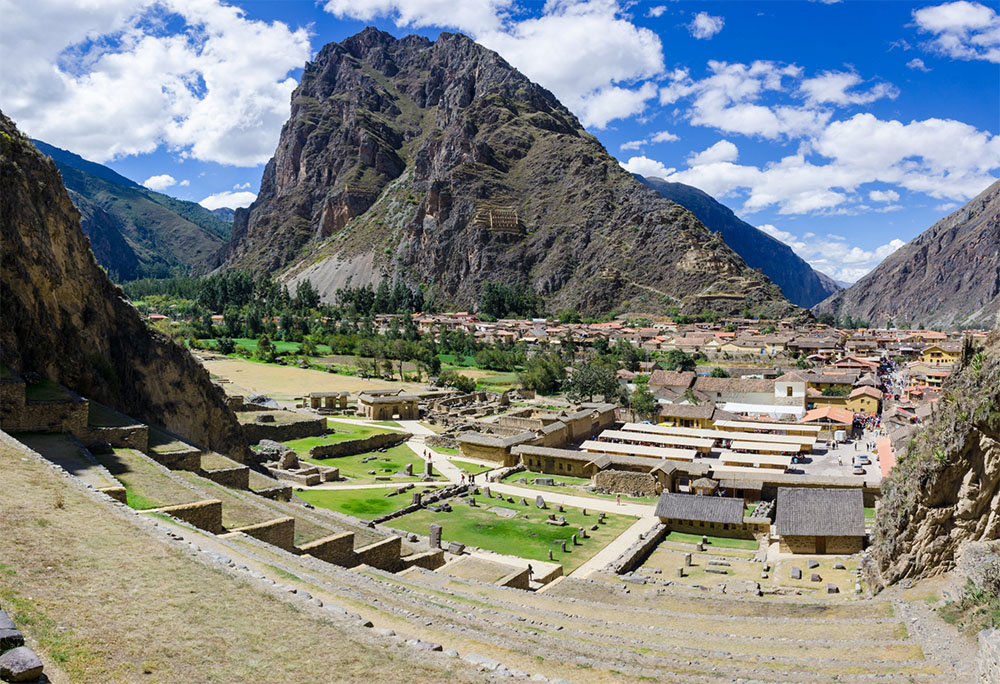
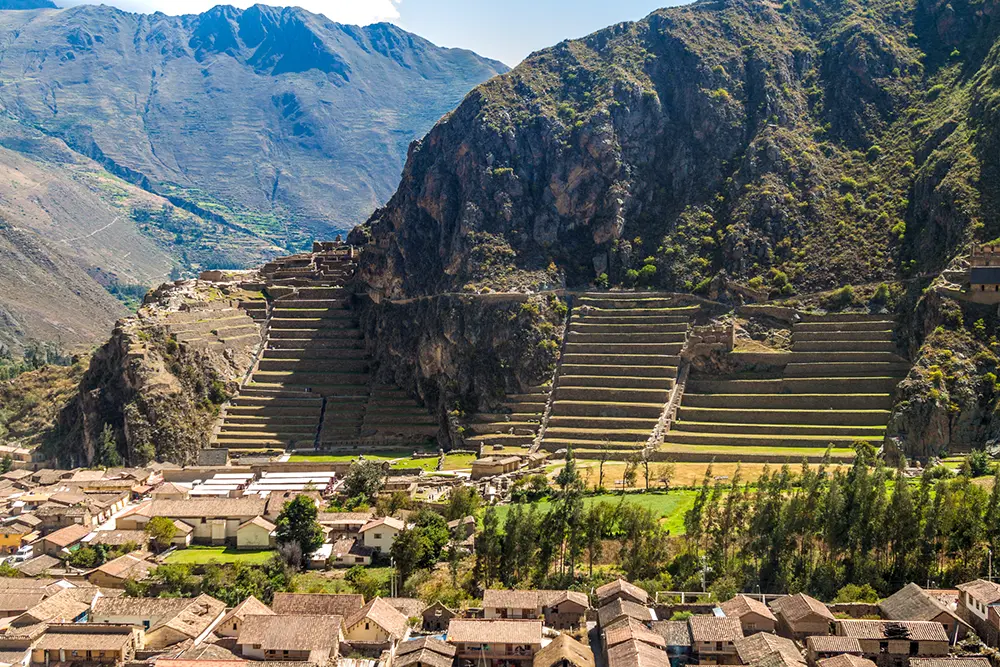
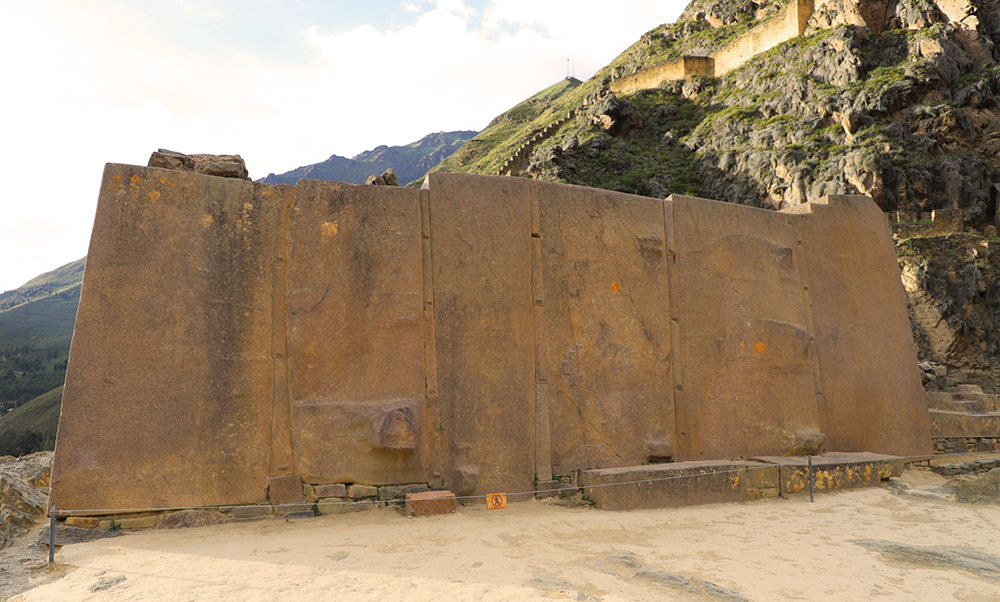
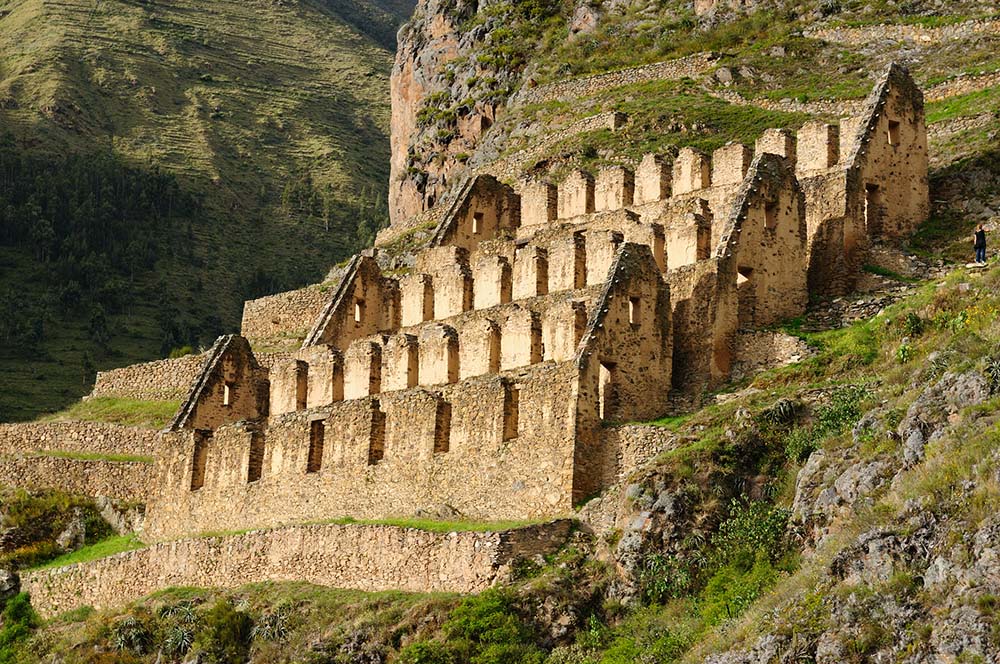

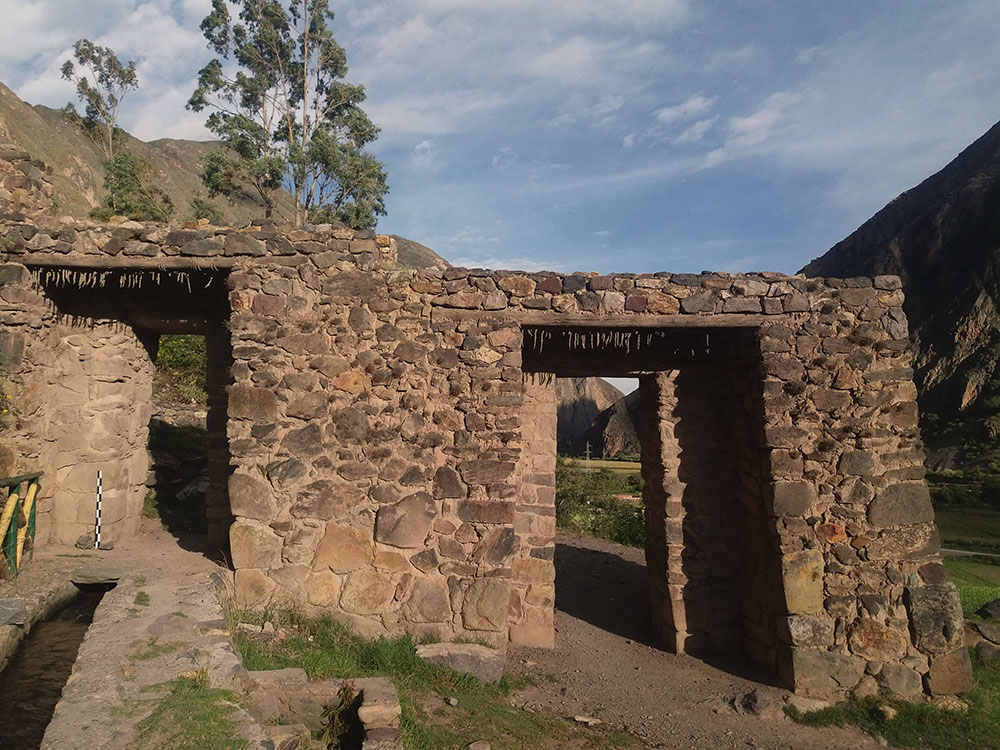
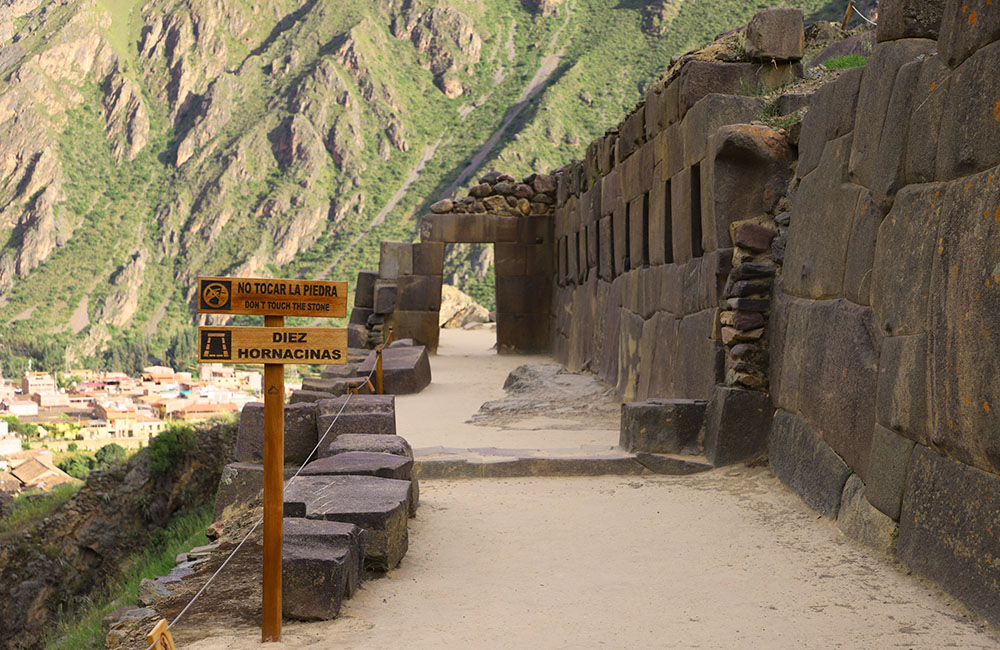
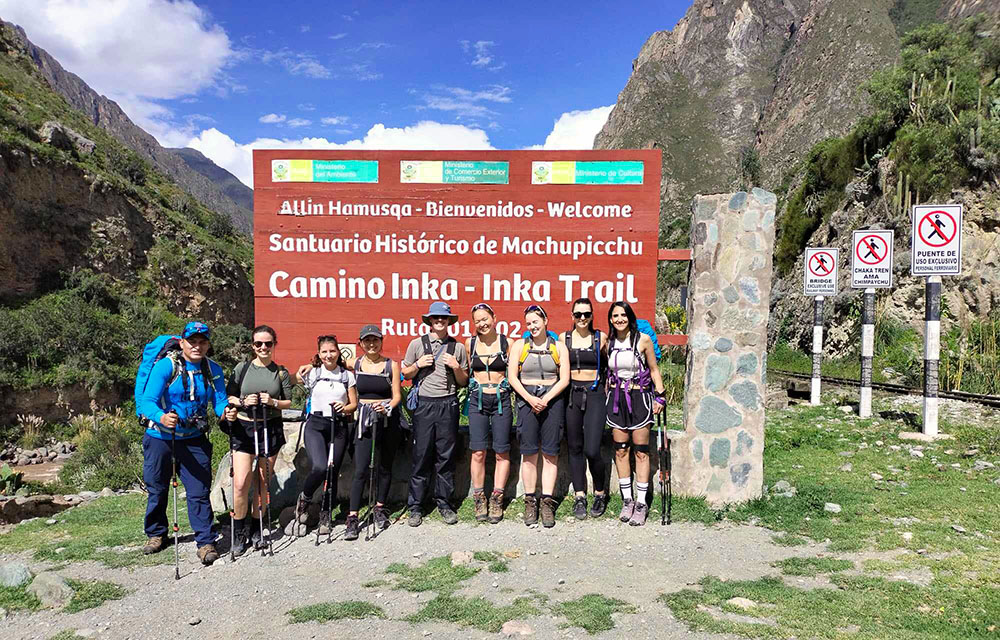
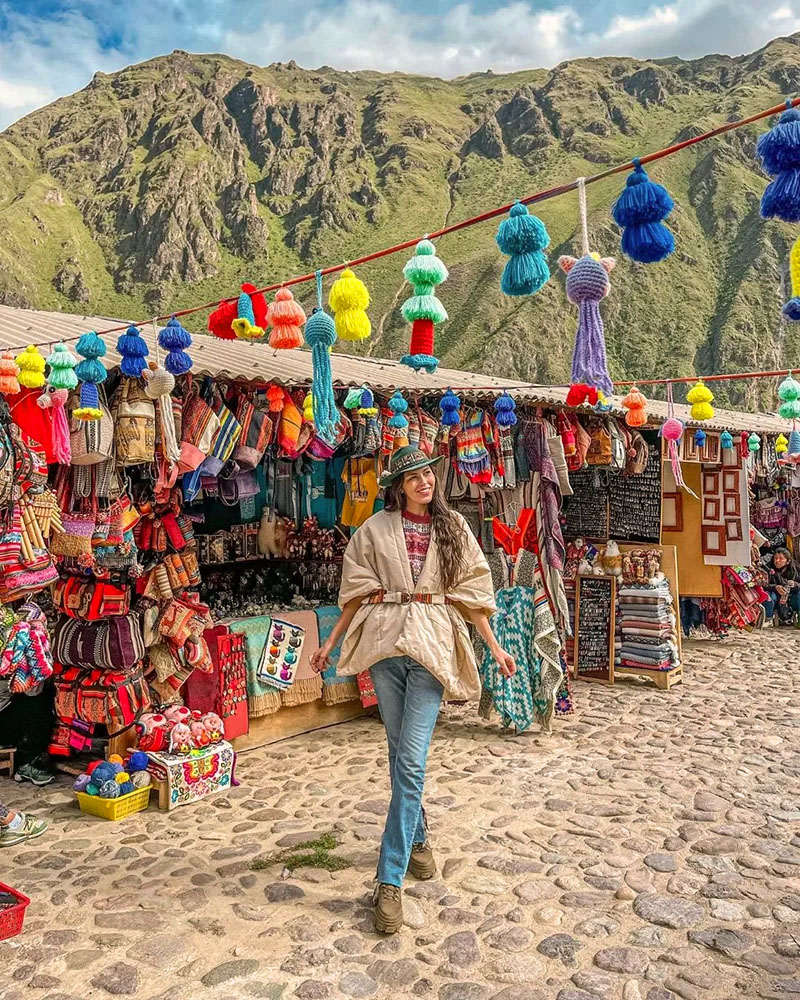
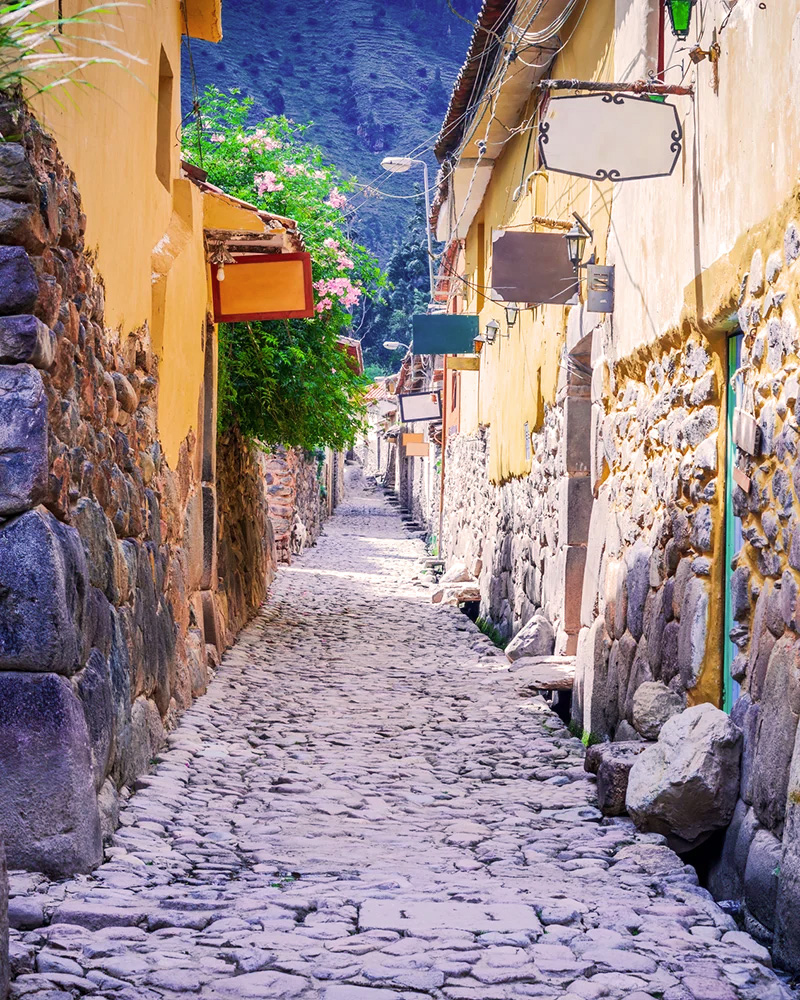
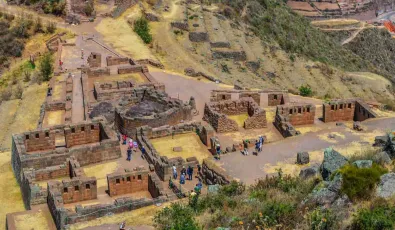
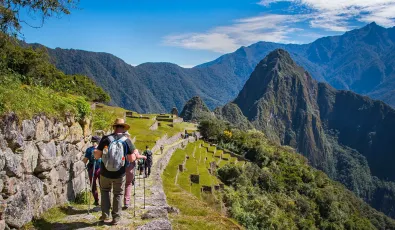
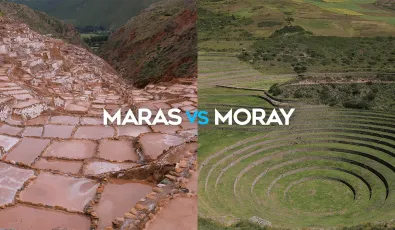

Ayahuasca, sacred ceremonies, meditation
I would like to know if there is a chance to take part in different sacred ceremonies in Ollantaytambo?
Add new comment